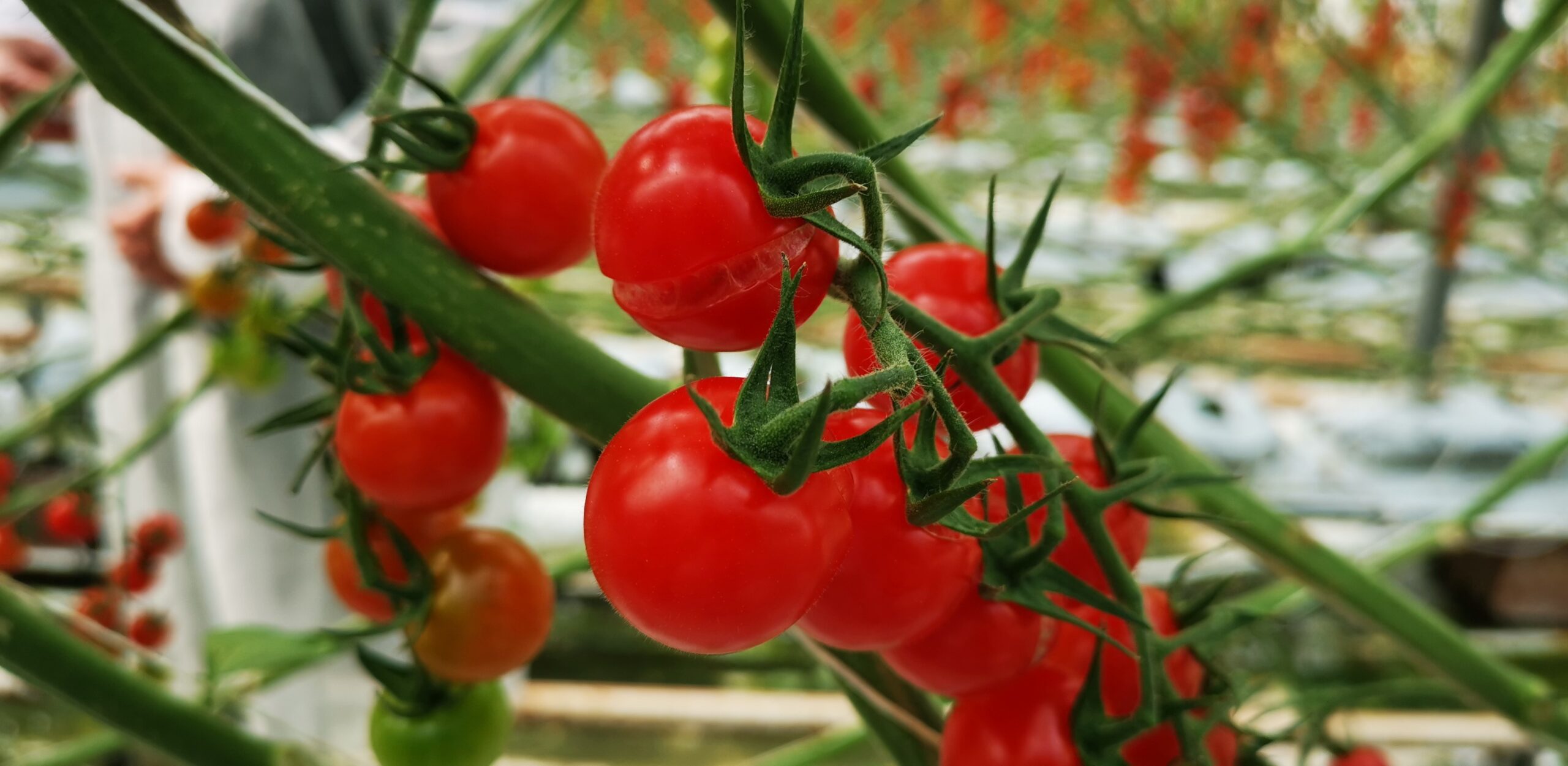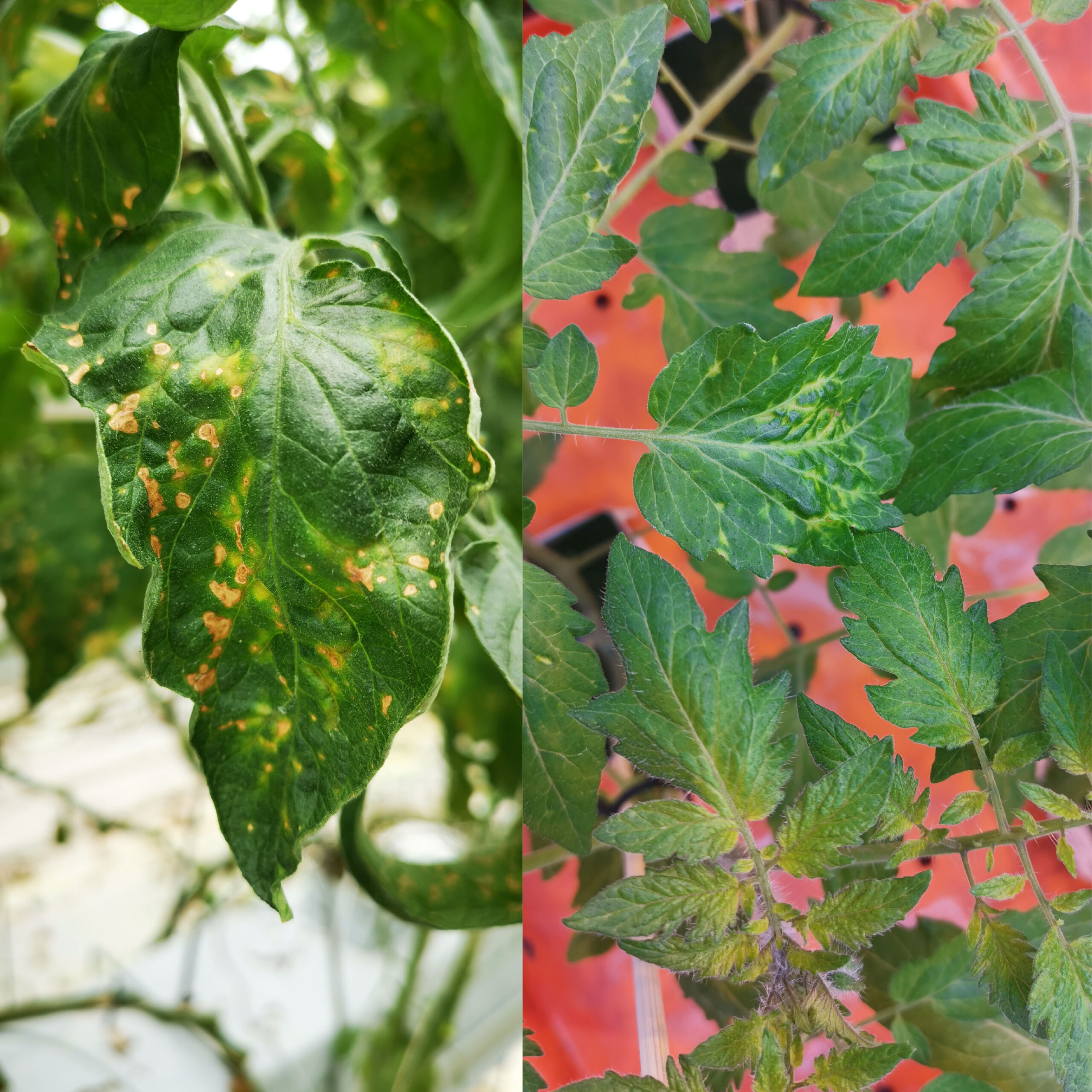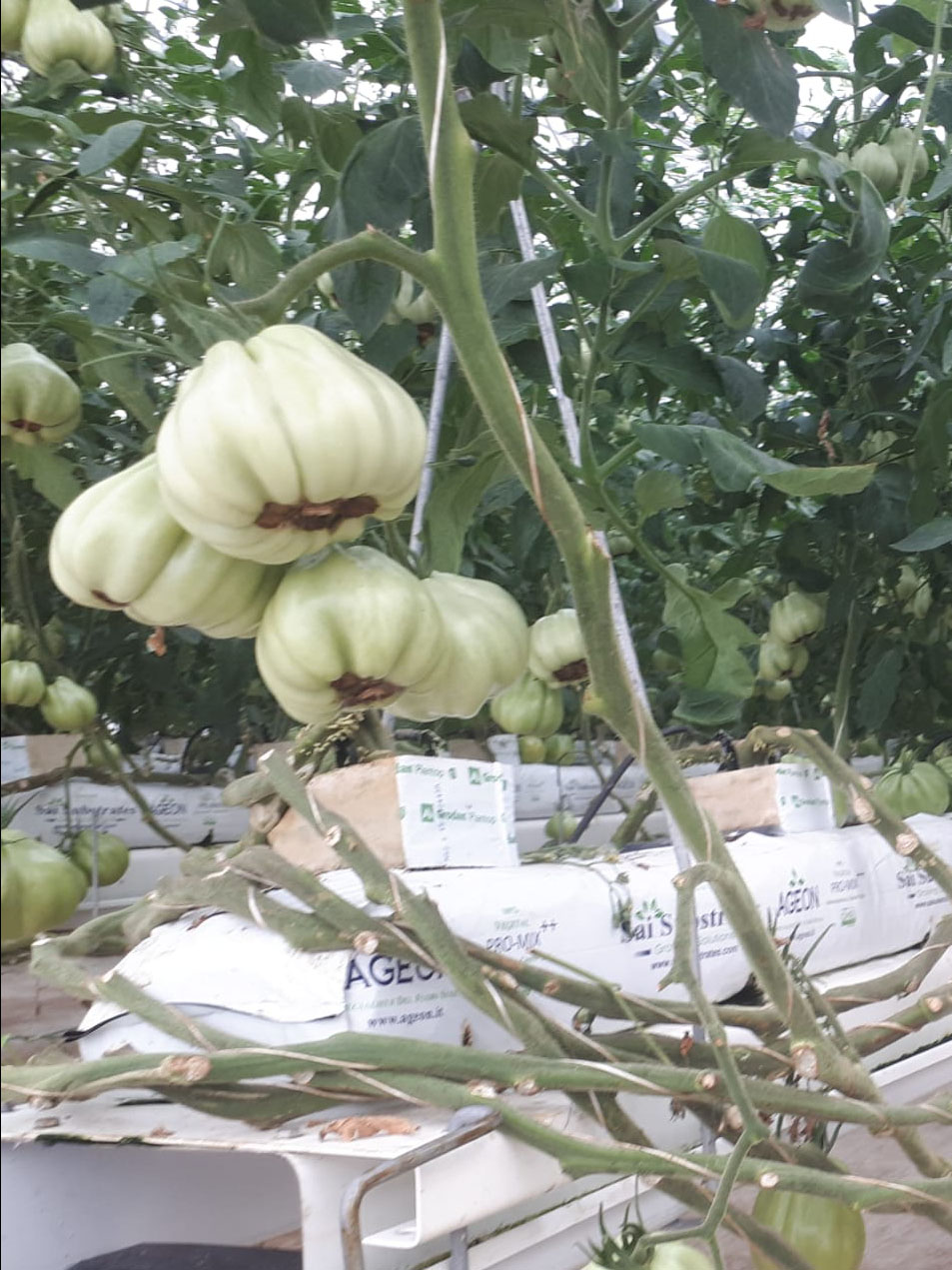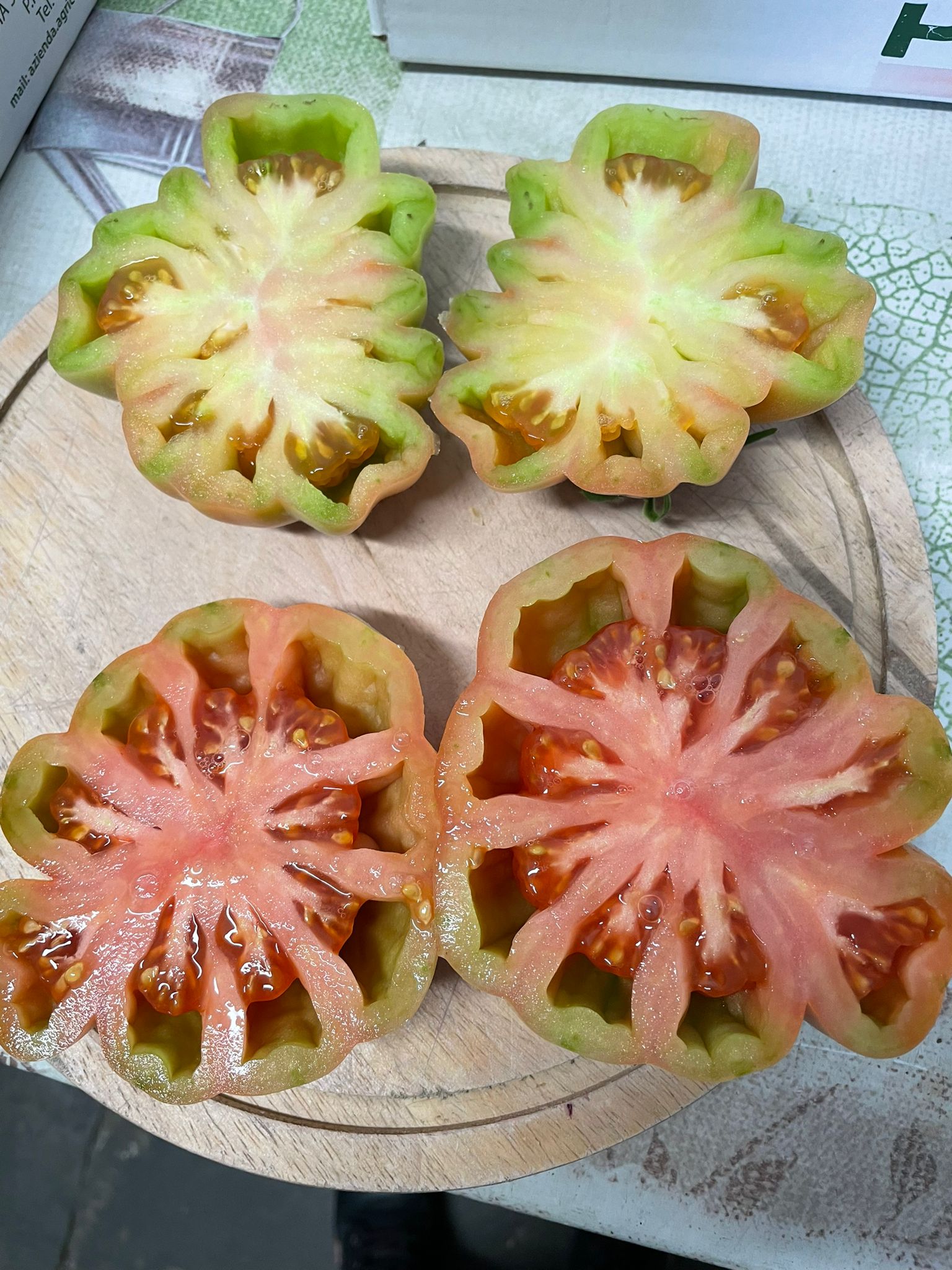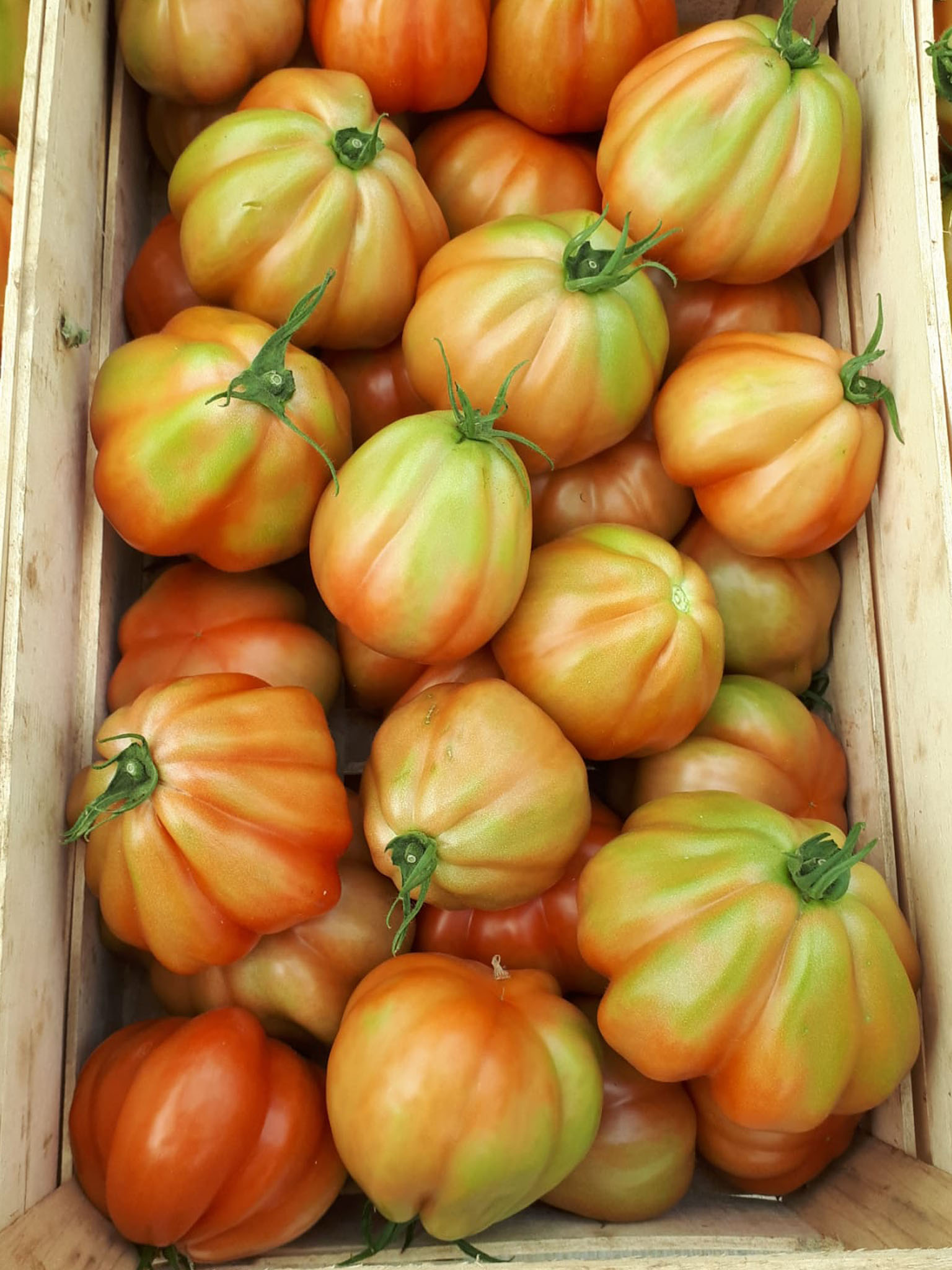An effective irrigation strategy should not follow a set schedule all the time. The volume and frequency of irrigation events during the day need continuous adjustments based on environmental inputs and plant physiological demands. However, the success of an irrigation strategy depends not only on how much and how often you irrigate, but there are two more questions you need to consider.
- When should irrigation start?
- When should you stop irrigating?
The answers are not simple and deserve an analytical approach because they can significantly affect your crops. When it comes to irrigating, timing is everything.
Starting and/or stopping irrigation at the wrong time can predispose the plant to physiopathies related, for example, to hyperhidrosis, due to the fact that the plant absorbs more water than it can transpire. This phenomenon can manifest as foliar edema, fruit cracking and micro-cracking, thereby compromising yield and fruit quality, and furthermore creating dangerous entry points for pathogens.
The time you start and stop irrigation directly affects the dynamics of electrical conductivity (EC) and substrate water content (WC). These variables contribute to influencing the vegetative or generative response of the plant, and therefore to optimizing quality and production.
On the other hand, wrong choices can lead to unbalanced plants, as well as increase the incidence of physiological disorders greatly feared by tomato growers, such as blossom-end rot, but also blotchy ripening.
How to determine the right time to start irrigation?
It is important to consider that irrigation has the function of supporting the plant from a water and nutritional perspective. Approximately 10% is used to maintain turgor in tissues, to be accumulated in fruits and for other biological processes. A significant 90% of the absorbed water is instead used by the plant for thermoregulation through leaf evapotranspiration. For this reason, it is precisely by monitoring plant evapotranspiration that you can determine the best time to start irrigation.
You can monitor evapotranspiration through direct and indirect methods, namely monitoring environmental variables such as solar radiation, temperature and humidity (which predisposes the plant to this process), along with directly monitoring the water absorbed by the roots. Delving deeper into the subject, let’s now find out which values are good to have as a reference when it comes to choose the appropriate time to start irrigation:
- Substrate Water Content (WC). This parameter allows us to directly measure plant evapotranspiration through the decrease in substrate WC due to water absorption by the root system. After dawn, the plant gradually begins to photosynthesize and absorb the nutrient solution from the substrate; it is advisable to wait for a decrease in WC of 3% in summer and 4% in winter to start irrigation. Today, there are various methods for measuring substrate water content. The most reliable method utilizes the change in the dielectric constant of the substrate depending on the substrate water content. To ensure that the detected data is reliable, the sensor must be specifically calibrated for the substrate used, whereas the placement should be evaluated on a case-by-case basis depending on the substrate format and the soilless system used.
- Solar radiation. This indicator significantly influences plant evapotranspiration. Specifically, low-frequency radiation (infrared) heats the leaf surface, directly stimulating the plant to transpire for thermoregulation. The more intense and persistent the radiation, the more the plant transpires. It is advisable to wait for an instantaneous radiation of 250 W/m² and a cumulative radiation of 80 J/cm² in summer and 150 J/cm² in winter before starting irrigation.
- Temperature and humidity. Transpiration increases with temperature, but it is limited by the presence of water vapor in the environment. Humidity deficit (HD), which indicates the amount of vapor needed to saturate the air, is a key parameter. It is advisable to wait until a HD of 3.5 g/m³ in summer and 4-4.5 g/m³ in winter is reached after sunrise before starting irrigation.
Indirect monitoring of evapotranspiration through the observation of solar radiation trends is possible using a radiation sensor, while a temperature and relative humidity sensor is necessary to keep track of the HD. The placement of both sensors is crucial to ensure they provide reliable data. The radiation sensor must be positioned inside the greenhouse, in an elevated position, avoiding shaded areas. The temperature and relative humidity sensor, on the other hand, should ideally be placed near the head of the plant. The choice of the ideal time to start irrigating and support the plant is determined by the occurrence of these 3 conditions.
What is the best time to stop irrigation?
In the latter part of the day, evapotranspiration inputs progressively decrease, as does the plants water requirements. Continuing to irrigate when transpiration is significantly limited can lead to physiological disorders related to tissue hyperhydration, as previously mentioned. Conversely, prematurely ending irrigation can result in excessive substrate dehydration and an excessive increase in EC (electrical conductivity), promoting blossom-end rot.
The reference parameter in this case is WC (Water Content). It is advisable to stop irrigating when the difference between the maximum daily WC and the minimum WC before the subsequent irrigation is:
- 8-10% in summer
- 12-15% in winter
Applying vegetative and generative inputs through irrigation timing
As mentioned earlier, the choice of when to start and stop irrigation can contribute to determining a more vegetative or generative response of the plant. Taking into account the previously recommended parameters, it is possible to obtain a generative response from the plant by anticipating the end of irrigation to achieve a larger difference between maximum and minimum WC (for example, 15%). Conversely, delaying the end of irrigation would result in a smaller difference (for example, 8%) and obtain a more vegetative response from the plant.
This also applies to the start of irrigation; an early start clearly represents a vegetative input. A generative response, on the other hand, is achieved by postponing the start of irrigation. Furthermore, the irrigation start and stop time can be a very valuable tool for achieving the target WC, with a view to an irrigation strategy that is not daily but rather long-term.
In spring, for example, we see a gradual increase in solar radiation and temperature. Therefore, the aim of an irrigation strategy should be to gradually increase the WC in the slab. In this context, starting irrigation earlier and postpone its end helps you gradually increase the WC in the substrate.
Conversely, it is useful to start later and stop earlier if your long-term aim is to reduce the WC in the substrate, such as post-winter transplants.
A Practical Example
The figure shows the summer irrigation strategy (June 27, 2024) of a high-tech tomato greenhouse using Grodan® in full production. The data relating to Water Content, Humidity Deficit, Temperature, Relative Humidity and solar radiation are collected by the G.Io.T.TO® IoT system and processed by MyAgeon® platform. You can see that irrigation started only after the environment parameters exceeded the reference values and after the WC decreased by 3%, an unequivocal sign that the plants started transpiring.
Despite the precise and timely start of irrigation, it is evident that irrigation stopped too early, resulting in a drastic drop in WC after the last irrigation. The difference between the maximum and minimum WC is too large (approximately 20%) and predisposes the plants to physiological disorders such as blossom-end rot, in addition to representing a generative input that is often undesirable during the hot season.
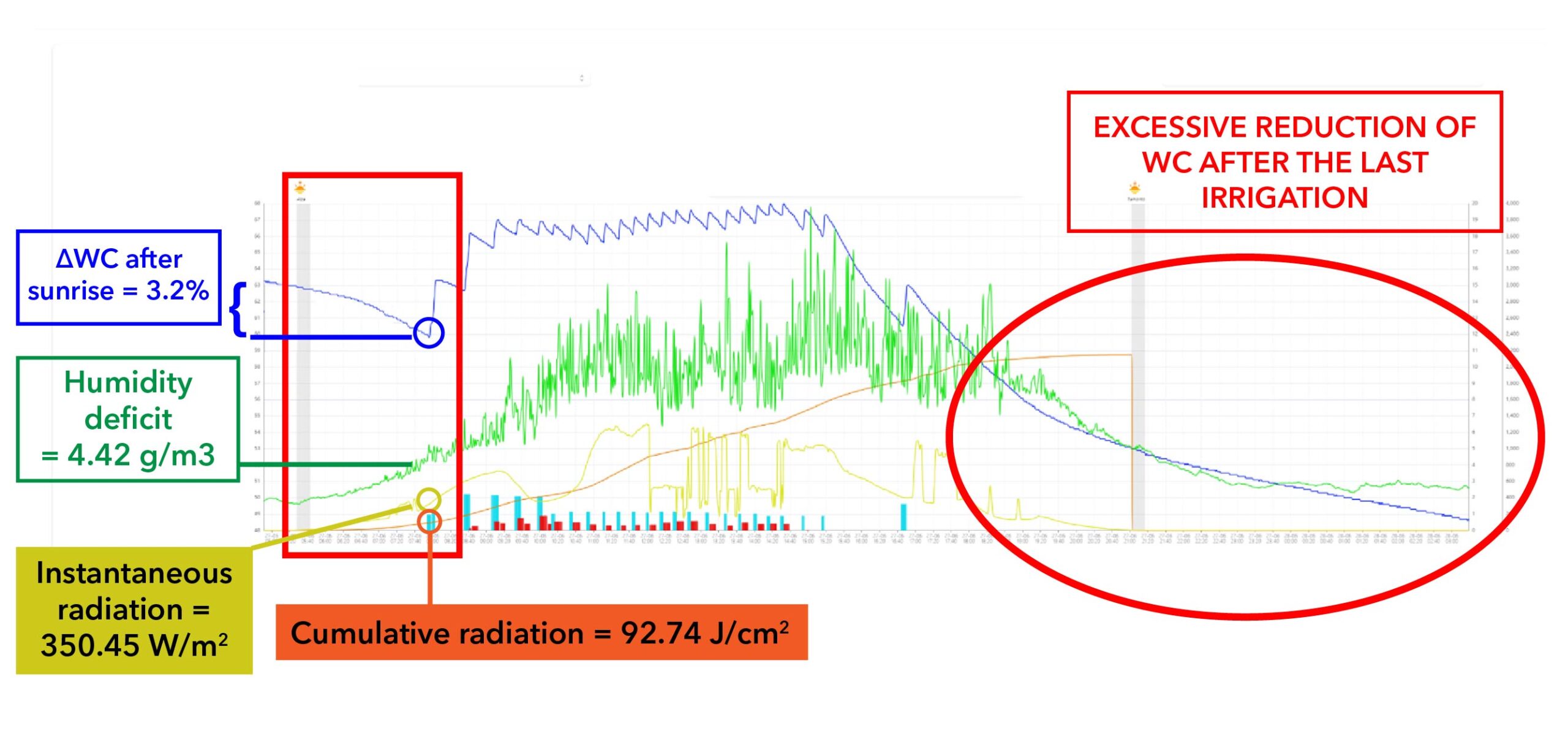
In conclusion, the adoption of a dynamic and flexible irrigation strategy, based on careful monitoring of environment variables and the plants’ physiological response, is essential to optimize production and preserve crop quality. Identifying the optimal time to start and stop irrigation, based on parameters such as solar radiation, temperature, humidity deficit and substrate/soil water content, allows you to balance the plants’ water and transpiration needs, preventing physiological disorders and promoting balanced growth. Thus, precise irrigation timing not only increases water use efficiency but also represents a strategic tool to direct the vegetative or generative response, depending on the production objectives and the ongoing season.



